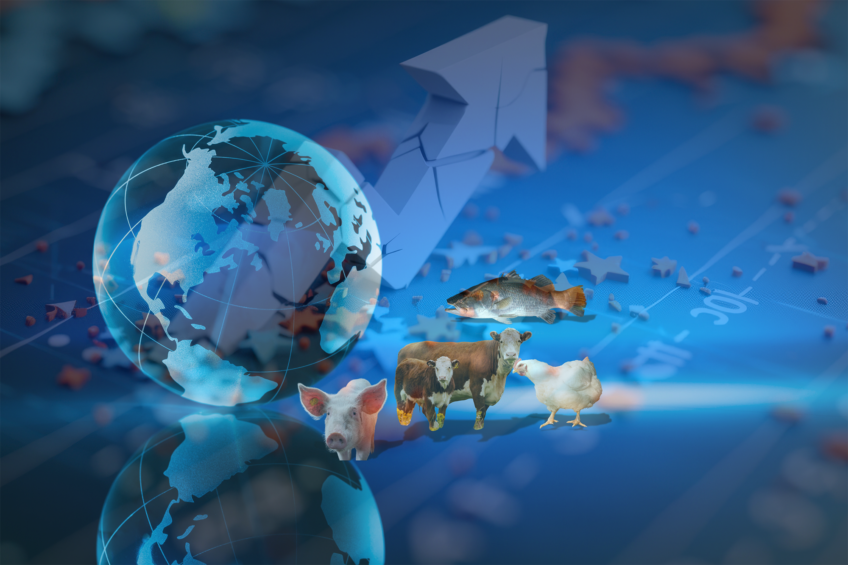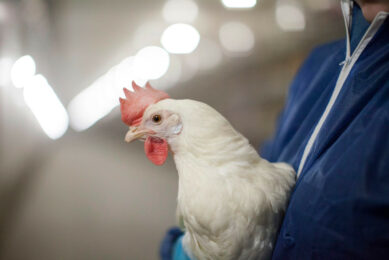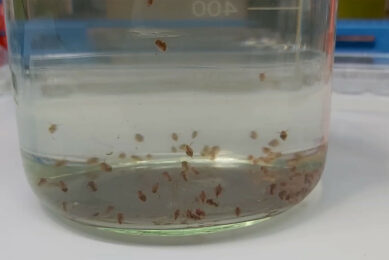Global animal protein production outlook 2025: Seafood & poultry growth, beef & pork decline

Global animal protein production growth is expected to be minimal when looking at growth in 2025 with only the seafood and poultry sectors on an upward trend, according to the latest Rabobank report.
Beef & pork production contractions in the US & Brazil
Beef production is contracting in both the US and Brazil while pork production is likely to show a less than 1% increase globally in 2025.
Regional trends: Beef production in Brazil & the US
Angus Gidley-Baird, Rabobank Australia senior analyst animal protein, described the market situation as “measured,” adding production growth was slightly higher than last year but was lower than 2022 and 2023. Looking at the regional situation, Gidley-Baird said he expected to see a 5% contraction in beef production in Brazil, but export volumes would be pretty much unchanged due to competition in the domestic market from pork and poultry.
China’s recovery in pork production after negative growth
Chinese production is growing slightly in pork after 2 years of negative growth.
US beef market contractions & their long-term impact
The US will see a 3% contraction in beef production due to a lower female infantry with fewer calves going through the system. And further contractions in the US beef market are expected through 2026 and 2027. 90% of the US cattle herd resides in herds of less than 200 head with many beef producers having less than 40 animals.
Challenges in rebuilding the US beef market
Jen Corkran, senior analyst animal protein New Zealand, said the pathway to rebuilding the beef market in the US was a complex one, which was good news for exporters: “It will be an interesting one to watch,” she told the Rabobank podcast.
Biosecurity concerns & disease outbreaks in North & South America
Gidley-Baird said among the key talking points for 2025 were managing biosecurity in the face of disease outbreaks, especially in North and South America. “The trade volumes are so large, access to markets so important and talking about food supply chains, how far do people go to control and manage that.” Biosecurity is so important to the food supply chain, and the recent foot and mouth disease outbreak in Germany shows the ongoing global disease threat, added Corkran.
Geopolitical impacts on global animal protein markets
The geopolitical situation with the inauguration of US President Trump and the trade effects of tariffs and domestic policies could also play a potential role in swinging some of the global animal protein markets. “The US role in that global protein market – it’s a huge producer and huge consumer – for a lot of countries the US is a major customer – so any decisions around trade are going to cause some ripple effects,” said Gidley-Baird.
This is how the subheads would fit in the structure of the original text. Would you like to make any adjustments or additions?











